There appears to be some confusion as to what took place at the Permanent Court of Arbitration (PCA). Some contend that the PCA “did not” recognize the continued existence of the Hawaiian Kingdom as a “State” under international law because the Arbitral Tribunal did not pronounce that the Hawaiian Kingdom continues to exist. This false contention assumes that the PCA and the Arbitral Tribunal are one and the same entity. The PCA and the Arbitral Tribunal it creates are two separate entities.
In international arbitration, there are two distinct jurisdictions—“jurisdiction of the institution” and “jurisdiction of the arbitral tribunal.” In 2003, the United Nations Conference on Trade and Development published a module for a course on “Dispute Settlement” that explains how the Permanent Court of Arbitration (PCA) operates, and the two types of jurisdictions is explained on p. 15-16. The PCA is the “institution,” which is separate and distinct from the “arbitral tribunal” it creates. All arbitral tribunals created by the PCA are ad hoc because it depends on the subject of the dispute and who can serve as qualified arbitrators on the tribunal.
Article 26 of the 1899 Hague Convention for the Pacific Settlement of International Disputes, which established the PCA, states “The jurisdiction of the Permanent Court may, within the conditions laid down in the Regulations, be extended to disputes between non-Signatory Powers, or between Signatory Powers and non-Signatory Powers, if the parties are agreed on recourse to this Tribunal.” This article was superseded by Article 47 of the 1907 Hague Convention for the Pacific Settlement of International Disputes, which provides, “The jurisdiction of the Permanent Court may, within the conditions laid down in the regulations, be extended to disputes between non-Contracting Powers or between Contracting Powers and non-Contracting Powers, if the parties are agreed on recourse to this Tribunal.” Contracting Powers and non-Contracting Powers are States.
Since 1930, the PCA expanded its jurisdiction to non-States involved with international disputes. According to the rules of the PCA, when an arbitration agreement is submitted to the PCA for dispute-resolution it must be: (1) between two or more States; (2) between a State and an international organization (e.g. United Nations); (3) between a State and a private party; or (4) between an international organization and a private party.
Here are examples of the four types of arbitration cases that have been convened by the Permanent Court of Arbitration.
- Between two States – The Republic of Ecuador v. The United States of America (2011)
- Between State and a Private entity – Romak S.A. (Switzerland) v. The Republic of Uzbekistan (2006)
- Between a State agency and a Private entity – Indian Potash Limited (India) v. Agriculture Inputs Company Limited (Nepal) (2014)
- Between a State and an International Organization – District Municipality of La Punta (Peru) v. United Nations Office for Project Services (UNOPS) (2014)
When the arbitration agreement between Lance Larsen and the Hawaiian Kingdom was submitted to the PCA for dispute resolution, the PCA had to first determine if it had institutional jurisdiction before it could establish an ad hoc arbitral tribunal. In other words, the PCA had to determine whether or not the parties to the arbitration agreement were two States; a State and an international organization; a State and a private entity; or an international organization and a private entity. From November 8, 1999, when the arbitration agreement was submitted to the PCA, to April 2000 when the arbitral tribunal was established, the PCA was doing its due diligence in determining whether or not the Hawaiian Kingdom existed as a State under international law.
It was only after the PCA confirmed the Hawaiian Kingdom does exists as a “State” and Larsen is a “private entity,” it initiated the process to convene the arbitral tribunal. With Mr. Keoni Agard serving as the appointing authority, he worked directly with the PCA who provided him with a list of names and their expertise for consideration by Mr. Larsen and the Hawaiian government. Since the dispute centered on unlawful imposition of American laws within the Hawaiian Kingdom during occupation and that the United States declined the offer to join in the arbitration, the list of arbitral candidates and their expertise focused on these areas.
 The Hawaiian government selected Professor Christopher Greenwood, QC, whose expertise focused on the law of occupation. Greenwood was a Professor of International Law at the London School of Economics. His often cited work was “The Administration of Occupied Territory in International Law,” International Law and the Administration of Occupied Territories (Emma Playfair ed., 1992); “International Humanitarian Law (Laws of War)—Revised Report for the Centennial Commemoration of the First Hague Peace Conference 1899,” Centennial of the First International Peace Conference (Frits Kalshoven, 2000).
The Hawaiian government selected Professor Christopher Greenwood, QC, whose expertise focused on the law of occupation. Greenwood was a Professor of International Law at the London School of Economics. His often cited work was “The Administration of Occupied Territory in International Law,” International Law and the Administration of Occupied Territories (Emma Playfair ed., 1992); “International Humanitarian Law (Laws of War)—Revised Report for the Centennial Commemoration of the First Hague Peace Conference 1899,” Centennial of the First International Peace Conference (Frits Kalshoven, 2000).
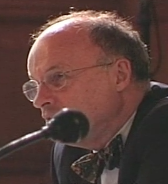
 Ms. Ninia Parks, counsel for Lance Larsen, selected Gavan Griffith, QC, whose expertise focused on indispensable third parties. Griffith was the former Solicitor General of Australia and represented Australia before the International Court of Justice in the East Timor case (Portugal v. Australia) and Nauru case(Nauru v. Australia), where the issue before the ICJ was the principle of indispensable third parties in international proceedings.
Ms. Ninia Parks, counsel for Lance Larsen, selected Gavan Griffith, QC, whose expertise focused on indispensable third parties. Griffith was the former Solicitor General of Australia and represented Australia before the International Court of Justice in the East Timor case (Portugal v. Australia) and Nauru case(Nauru v. Australia), where the issue before the ICJ was the principle of indispensable third parties in international proceedings.
 Once Mr. Agard was able to confirm the selections with the PCA, these two arbitrators would recommend a person to be the president of the tribunal. Both Greenwood and Griffith nominated ProfessorJames Crawford, SC. Crawford was a Professor of International Law at Lauterpacht Research Centre for International Law, University of Cambridge. He was a member of the United Nations International Law Commission (UNILC) and from 1998-2001 served as Special Rapporteur who was responsible for completing the Articles on Responsibility of States for Internationally Wrongful Acts.
Once Mr. Agard was able to confirm the selections with the PCA, these two arbitrators would recommend a person to be the president of the tribunal. Both Greenwood and Griffith nominated ProfessorJames Crawford, SC. Crawford was a Professor of International Law at Lauterpacht Research Centre for International Law, University of Cambridge. He was a member of the United Nations International Law Commission (UNILC) and from 1998-2001 served as Special Rapporteur who was responsible for completing the Articles on Responsibility of States for Internationally Wrongful Acts.
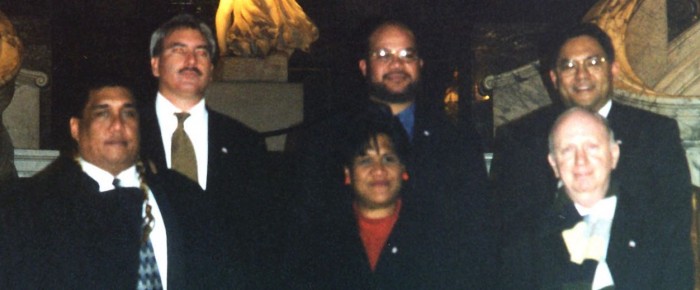
The Hawaiian government was very impressed with the qualifications of Professor Crawford and notified Mr. Agard that it would accept Professor Greenwood and Dr. Griffith’s recommendation for the president. Ms. Ninia Parks, counsel for Larsen, also confirmed the nomination. This is when the arbitral proceedings began and oral hearings held at the PCA in The Hague in December 2000.
In the arbitral award, the Tribunal concluded that it did not have jurisdiction over the dispute on whether the Hawaiian government was negligent for allowing the unlawful imposition of American laws within the Hawaiian Kingdom, which led to the incarceration of Larsen, because the United States was an indispensable third party. In other words, the Hawaiian government prevailed because Mr. Larsen could not come after the Hawaiian government unless the United States was a party to the case. This case was not about whether or not the Hawaiian Kingdom exists as a State, it merely centered on the allegation of negligence on the part of the Hawaiian government.
During the proceedings, the Hawaiian government engaged in artful pleading where it was attempting to have the tribunal, within its rules, to pronounce the existence of the Hawaiian Kingdom in order to address Mr. Larsen’s allegation that it was allowing the unlawful imposition of American laws within Hawaiian territory. The Hawaiian government already knew that the Permanent Court of Arbitration, as an institution, explicitly recognized the Hawaiian Kingdom as a “State,” because if it didn’t, the PCA would not have never convened the Arbitral Tribunal.
https://vimeo.com/17007826
The issue being considered in this case by the “arbitral tribunal” centered on Larsen’s allegation of negligence on the part of the Hawaiian government. It was not attempting to determine whether or not the Hawaiian Kingdom exists as a State. The “institution” (PCA) had already made that determination, according to its rules, and determined that it had jurisdiction to proceed to form the arbitral tribunal whose job it was then to investigate the allegation of negligence.
Although, during the proceedings, the Hawaiian government did engage in artful pleading where it attempted to get the “arbitral tribunal” to pronounce, within its rules, the existence of the Hawaiian Kingdom in order to address Mr. Larsen’s allegation that it was allowing the unlawful imposition of American laws within Hawaiian territory. This attempt was not necessary because the Hawaiian government already knew that the PCA concluded that as an institution it had jurisdiction because it confirmed that the Hawaiian Kingdom continues to exist as a “State” and that Lance Larsen was a “Private entity.” The PCA “explicitly” states this in its case view of the Larsen case where it notes “Name(s) of claimant(s) Lance Paul Larsen (Private Entity) Name(s) of respondent(s) The Hawaiian Kingdom (State).”
The Arbitral Tribunal, however, being a separate entity from the PCA, concluded that it did not have jurisdiction over the dispute between the Hawaiian government and its national because the United States government was a necessary third party. If Hawai‘i was the so-called 50th State of the United States, the PCA would have never accepted the case at the onset.

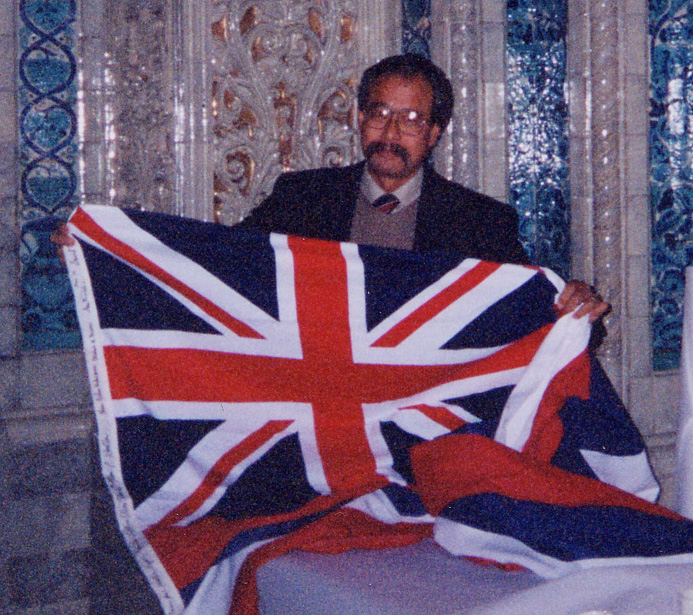
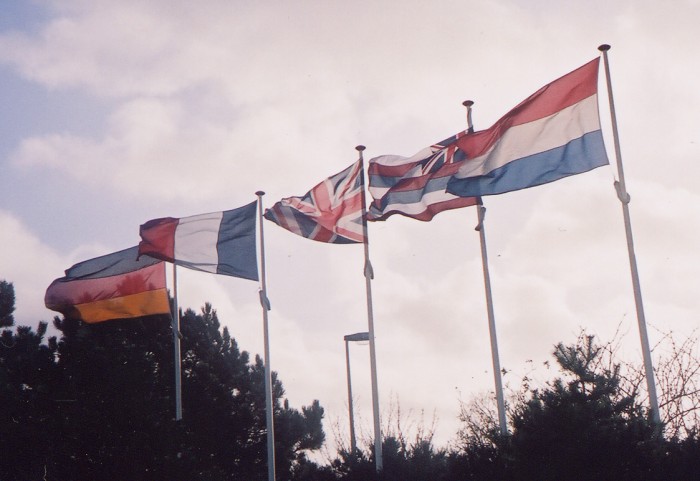
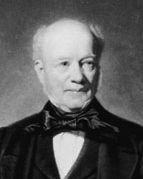
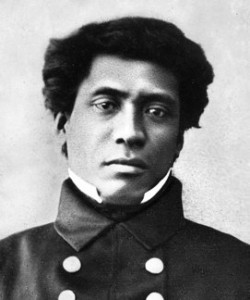



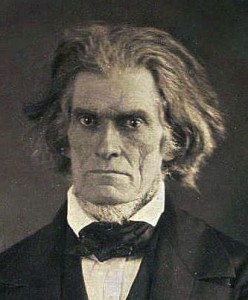
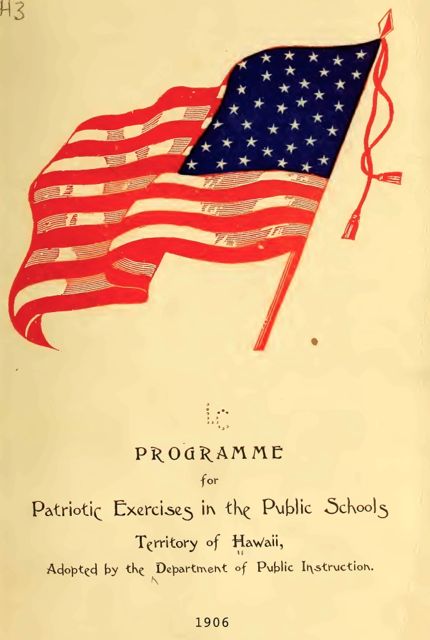

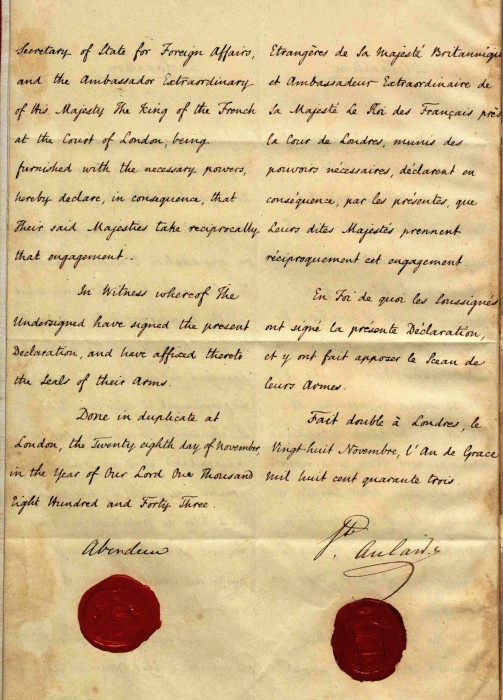
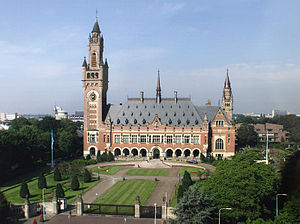
 As part of the International Bureau’s due diligence into the status of the Hawaiian Kingdom as an independent State under international law, the PCA’s Secretary General Van Den Hout made a formal recommendation to David Keanu Sai, Agent for the Hawaiian Government, to provide a formal invitation to the United States to join in the arbitration proceedings. This would have one of three outcomes—first, the United States would dispute the existence of the Hawaiian Kingdom as a State and the PCA would terminate the proceedings, second, it could join the arbitration in order to answer Larsen’s allegations of violating his rights that led to his incarceration, or, third, it could refuse to join in the arbitration, but allow it to go forward.
As part of the International Bureau’s due diligence into the status of the Hawaiian Kingdom as an independent State under international law, the PCA’s Secretary General Van Den Hout made a formal recommendation to David Keanu Sai, Agent for the Hawaiian Government, to provide a formal invitation to the United States to join in the arbitration proceedings. This would have one of three outcomes—first, the United States would dispute the existence of the Hawaiian Kingdom as a State and the PCA would terminate the proceedings, second, it could join the arbitration in order to answer Larsen’s allegations of violating his rights that led to his incarceration, or, third, it could refuse to join in the arbitration, but allow it to go forward. In a conference call held in Washington, D.C., on March 3, 2000,
In a conference call held in Washington, D.C., on March 3, 2000,  between Mr. John Crook, United States Assistant Legal Adviser for United Nations Affairs, Ms. Parks and Mr. Sai, the United States was formally invited to join in the arbitration. It wasn’t until a couple of weeks later that the United States Embassy in The Hague notified the PCA that the United States will not join in the arbitration, but asked permission of the Hawaiian Government and Mr. Larsen’s attorney to have access to all pleadings, transcripts and records. The United States took the third option and did not deny the existence of the Hawaiian Kingdom as a State.
between Mr. John Crook, United States Assistant Legal Adviser for United Nations Affairs, Ms. Parks and Mr. Sai, the United States was formally invited to join in the arbitration. It wasn’t until a couple of weeks later that the United States Embassy in The Hague notified the PCA that the United States will not join in the arbitration, but asked permission of the Hawaiian Government and Mr. Larsen’s attorney to have access to all pleadings, transcripts and records. The United States took the third option and did not deny the existence of the Hawaiian Kingdom as a State.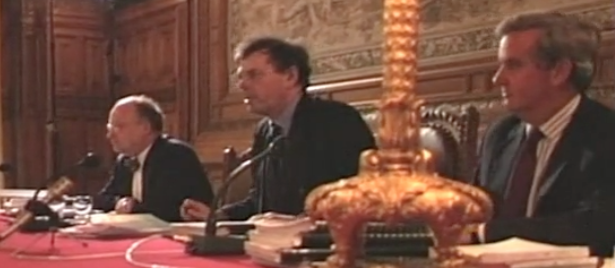
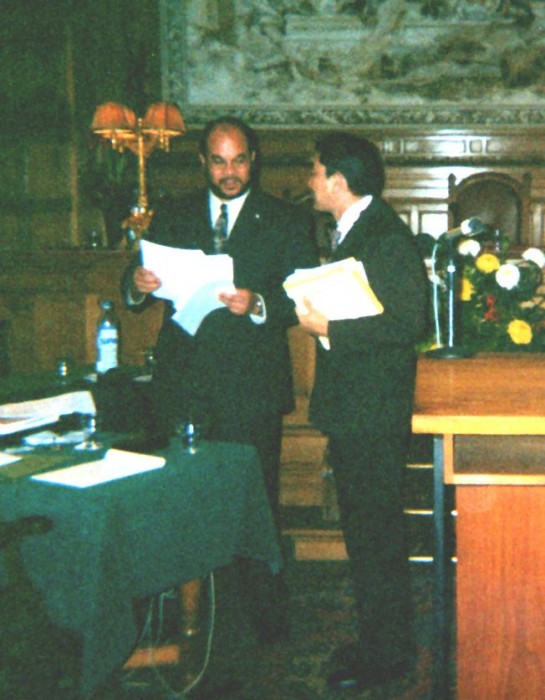 After written pleadings were submitted, oral hearings were held at The Hague on December 7, 8, and 11, 2000, and the Arbitration Award was filed with the PCA on February 5, 2001. The court concluded that the United States was a necessary third party and without their participation in the arbitration proceedings, Mr. Larsen’s allegations of negligence against the Hawaiian Government could not move forward.
After written pleadings were submitted, oral hearings were held at The Hague on December 7, 8, and 11, 2000, and the Arbitration Award was filed with the PCA on February 5, 2001. The court concluded that the United States was a necessary third party and without their participation in the arbitration proceedings, Mr. Larsen’s allegations of negligence against the Hawaiian Government could not move forward.

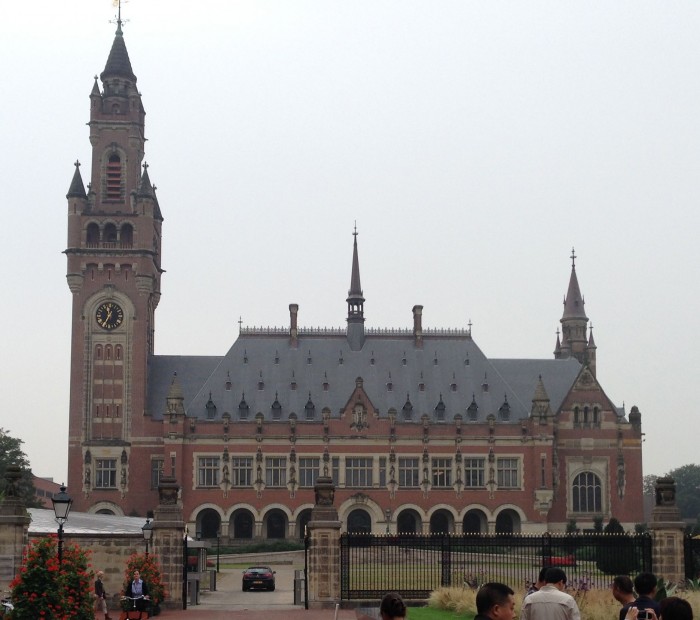

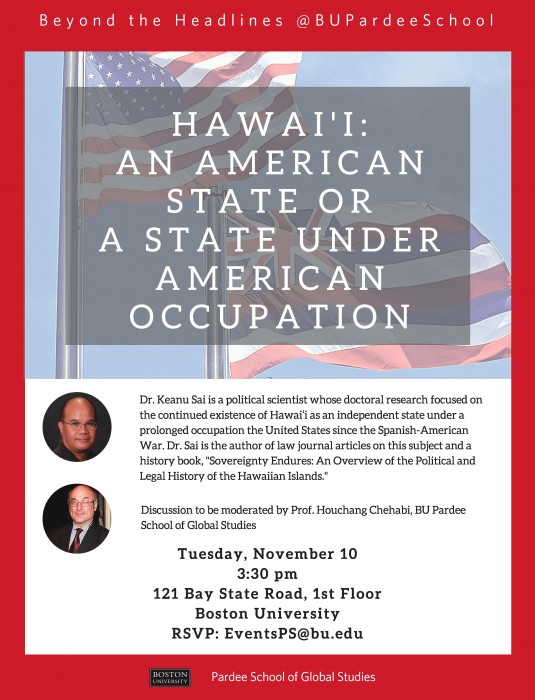
 From September 10-12, 2015, fifteen academic scholars from around the world who were political scientists and historians came together to present papers on non-European powers at a conference/workshop held at the University of Cambridge, United Kingdom. Attendees of the conference were by invitation only and the papers presented at the conference are planned to be published in a volume with Oxford University Press.
From September 10-12, 2015, fifteen academic scholars from around the world who were political scientists and historians came together to present papers on non-European powers at a conference/workshop held at the University of Cambridge, United Kingdom. Attendees of the conference were by invitation only and the papers presented at the conference are planned to be published in a volume with Oxford University Press.
 While King Kalakaua was visiting Japan in 1881, Emperor Meiji “asked for Hawai‘i to grant full recognition to Japan and thereby create a precedent for the Western powers to follow.” Kalakaua was unable to grant the Emperor’s request, but it was done by his successor Queen Lili‘uokalani. Hawaiian recognition of Japan’s full sovereignty and repeal of the Hawaiian Kingdom’s consular jurisdiction in Japan provided in the Hawaiian-Japanese Treaty of 1871, would take place in 1893 by
While King Kalakaua was visiting Japan in 1881, Emperor Meiji “asked for Hawai‘i to grant full recognition to Japan and thereby create a precedent for the Western powers to follow.” Kalakaua was unable to grant the Emperor’s request, but it was done by his successor Queen Lili‘uokalani. Hawaiian recognition of Japan’s full sovereignty and repeal of the Hawaiian Kingdom’s consular jurisdiction in Japan provided in the Hawaiian-Japanese Treaty of 1871, would take place in 1893 by  By direction of Her Majesty Queen Lili‘uokalani, R.W. Irwin, Hawaiian Minister to the Court of Japan in Tokyo sent a diplomatic note to Mutsu Munemitsu, Japanese Minister of Foreign Affairs on January 18, 1893 announcing the Hawaiian Kingdom’s abandonment of consular jurisdiction. Irwin stated:
By direction of Her Majesty Queen Lili‘uokalani, R.W. Irwin, Hawaiian Minister to the Court of Japan in Tokyo sent a diplomatic note to Mutsu Munemitsu, Japanese Minister of Foreign Affairs on January 18, 1893 announcing the Hawaiian Kingdom’s abandonment of consular jurisdiction. Irwin stated:
 “The United States forces being now on the scene and favorably stationed, the committee proceeded to carry out their original scheme. They met the next morning, Tuesday, the 17th, perfected the plan of temporary government, and fixed upon its principal officers, ten of whom were drawn from the thirteen members of the Committee of Safety. Between one and two o’clock, by squads and by different routes to avoid notice, and having first taken the precaution of ascertaining whether there was any one there to oppose them, they proceeded to the Government building almost entirely without auditors. It is said that before the reading was finished quite a concourse of persons, variously estimated at from 50 to 100, some armed and some unarmed, gathered about the committee to give them aid and confidence. This statement is not important, since the one controlling factor in the whole affair was unquestionably the United States marines, who, drawn up under arms and with artillery in readiness only seventy-six yards distant, dominated the situation.”
“The United States forces being now on the scene and favorably stationed, the committee proceeded to carry out their original scheme. They met the next morning, Tuesday, the 17th, perfected the plan of temporary government, and fixed upon its principal officers, ten of whom were drawn from the thirteen members of the Committee of Safety. Between one and two o’clock, by squads and by different routes to avoid notice, and having first taken the precaution of ascertaining whether there was any one there to oppose them, they proceeded to the Government building almost entirely without auditors. It is said that before the reading was finished quite a concourse of persons, variously estimated at from 50 to 100, some armed and some unarmed, gathered about the committee to give them aid and confidence. This statement is not important, since the one controlling factor in the whole affair was unquestionably the United States marines, who, drawn up under arms and with artillery in readiness only seventy-six yards distant, dominated the situation.”